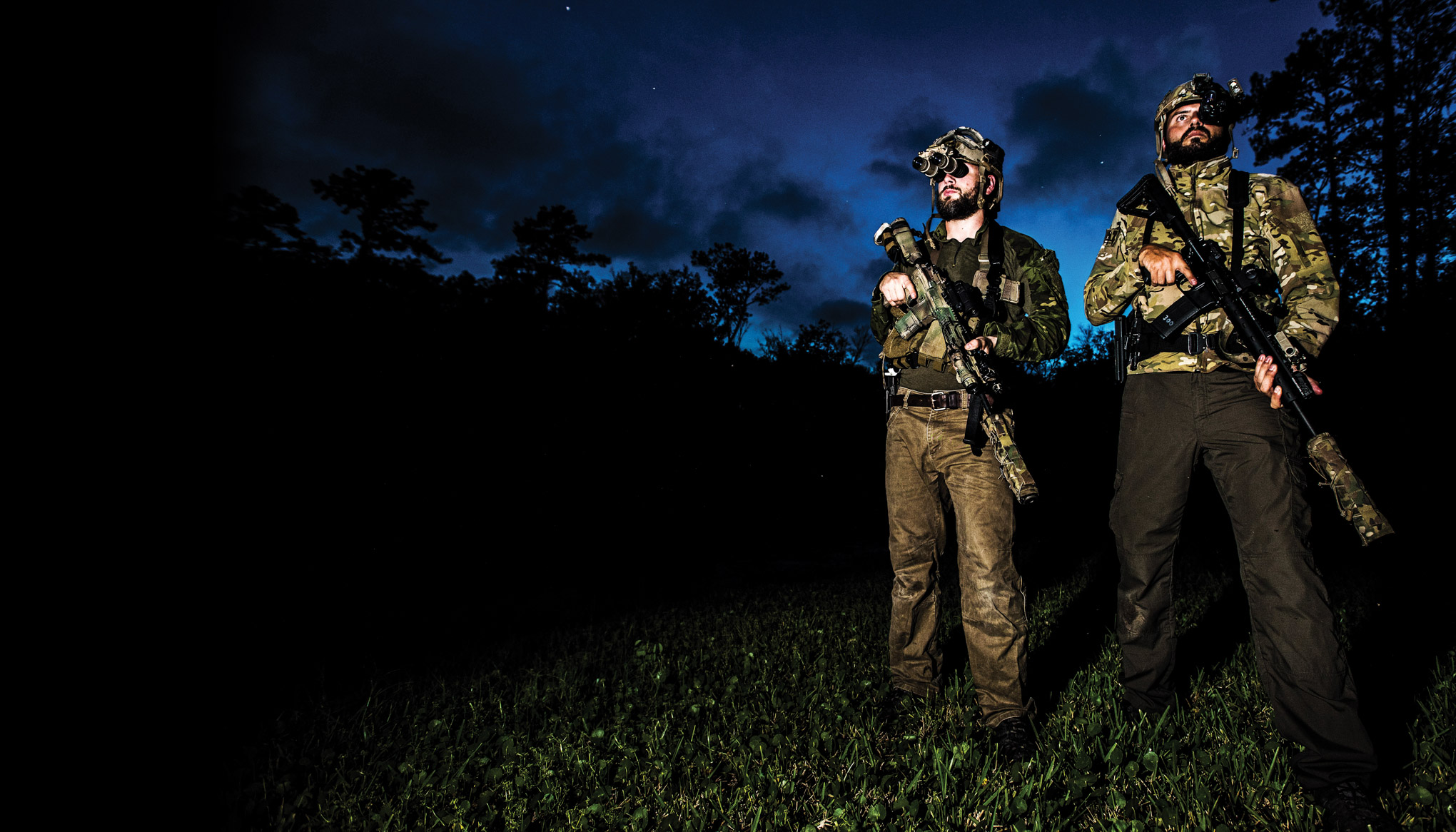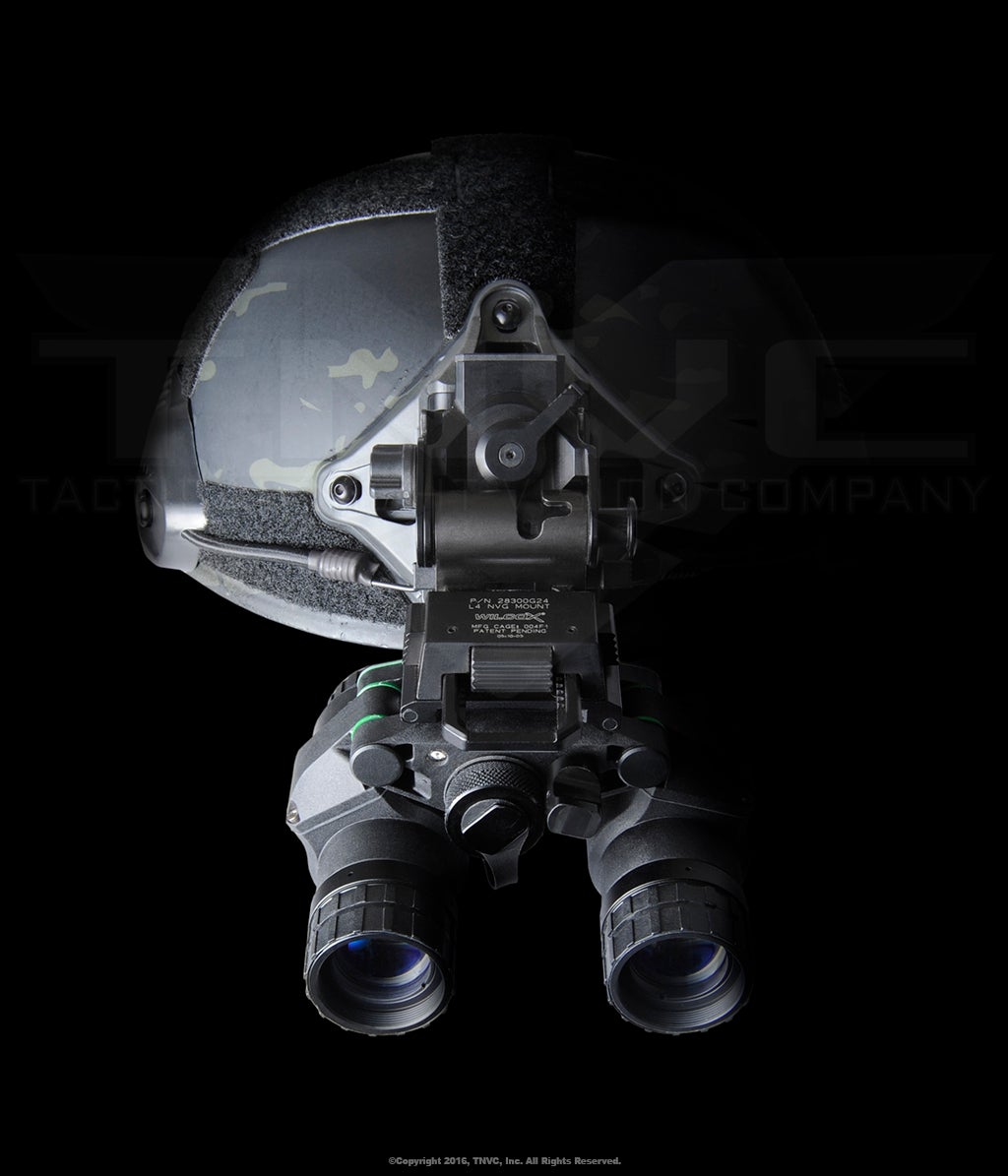Nods Military Meaning - If you're in the military or about to go to training camp, you may notice that people in the military speak a foreign language.
The term NODS is an acronym for military equipment necessary to see in low light conditions.
Nods Military Meaning

The term NODS stands for Night Observing Devices, although sometimes it means Night Optical Instrument.
The Coming Of The War
Recently, the Army has been testing the L3Harris ENVG-B, a helmet-mounted dual band night vision goggle.
For example, SEAL Team 6 (aka DEVGRU) wore NODS when raiding Osama bin Laden's compound in 2011.
Night vision and low light devices date back to the late 1930s. The Germans began testing infrared night vision on tanks.
Around the same time, the United States began working on its technology to enable snipers and other soldiers to see in low visibility conditions.
Night Vision Device
From the beginning, successive versions of NODs that allowed soldiers to see in low-light conditions continued to evolve.
Today, NODS includes technologies such as sensors, thermal optics, image intensifiers, wireless connectivity and even the ability to change their vision.
As with many abbreviations and military jargon, the use of terms like NODS tends to roll into Night Watch Tool faster than the language.

There's a never-ending stream of military slang, terms, and jargon to explore. We collected some.
What Does 'nodding Of Indians' Mean Foreigners Are Confused?
Anyone who spends time in the fields knows that there is potable water in the huge water tank, usually located on a trailer. The canteens have to be filled somewhere.
Those who carry .50 caliber machine guns might call the M2 'small' as a caliber-sized game.
BCBs have evolved into a more up-to-date framework some time ago, but they're still not something to write home about.
These devices help our military personnel see at night, in low light conditions such as smoke and even dust.
Gaza Is A Tomb'
NODS's history goes back to WWII, but it's safe to say that technology has evolved exponentially since then.
Rob V. is the founder. Although he has never served in the US military, he has a passion for writing on military-related topics.
Born and raised in Woodbridge, New Jersey, he graduated from the New Jersey Institute of Technology with a master's degree in e-commerce. His hobbies include beach volleyball, hitting and lifting.

Rob is also a commercial grade pilot and Certified Flight Instructor (CFI) with over 1,500 flight hours.
Biden Might Keep Troops In Afghanistan After May 1 Deadline
Wondering what NODS means in the military? Find out what it means, when it started, and other military sayings.
Affiliate Disclosure: This post may contain affiliate links. If you click and buy, I may receive a small commission at no additional cost to you. I only recommend products that I have personally tested. Learn more.
Operation Military Kids was founded as a resource for teens and young adults who want to join the military but don't know where to start.
We employ a wide variety of writers who have served in nearly every branch of the military and give you a unique perspective on what to expect when you join. When it comes to photography, you can scrutinize almost any subject in endless detail. There are many decisions to be made regarding ammo handling, special-purpose AR construction, the number of lumens of your defensive lights, or the concealment of your weapon. However, the complexity and detailed nature of night vision seem to take the importance of even the smallest details to a whole new level.
Tnv/dtnvs Dual Tube Night Vision System
This is a major barrier to entry when you first start purchasing night vision. Also, while your group of friends will likely own many similar pistols or rifles, there are far fewer people with night vision and the purchase results in a 'leap of faith' rather than a trial before buying. meets your investment expectations. Because of the high price tag associated with a quality night vision setup, the more information you have, the better decision you can make. This article will help the first time buyer better understand what is available and how to make an informed decision.
Night vision is often split by generation and is best classified with "gens" 0-3. Early generations require much more IR illumination. They also lack the clarity and definition of later generations. For the money, even a Type 2 night vision device doesn't offer any significant cost savings compared to the inadequacy it gives up. Some companies will try to sell the gen 4. However, this designation has yet to be determined and is most likely just a laneless unit.
A significant part of the factors that influence the buyer's decision when purchasing a vehicle will depend on how the vehicle is used. Gun-related night vision is also available, but in this discussion we'll focus on hands-free monoculars and googles.
Here is a Surefire Scout lamp with a vamp head to allow for IR or white light emission. These are often paired with IR lasers for use when there is insufficient ambient light.
The Limits Of Victory: Evaluating The Employment Of Military Power > National Defense University Press > News Article View
For a basic/beginner setup, the new user will probably start with AN/PVS-14. This abbreviation stands for Army/Navy Portable Image Search. AN/PVS-14 is also commonly referred to as Monocular Night Vision Device (MNVD).
Today, you can use the technology in many of the highest settings used by the most elite units on PVS-14s. This technology provides greater image clarity. A good entry-level PVS-14 retails for $3,000 and up, mostly depending on the image intensifier. If the user wants to take it to the next level, he can buy the PVS-14 with white phosphor, which provides a brighter image. Green phosphor night vision was initially used because the eye can distinguish other shades of green more than any other color.
The new white phosphor has been proven to provide plenty of contrast and also a 20-30% increase in image brightness. At this point we are talking about filmless white phosphorus. There are also options such as Gen 2 White Phosphorus and Gen 3 Musart White Phosphorus. It is highly recommended to purchase filmless white phosphor to obtain the highest image clarity. This should also be done through a reputable dealer.
Filmless white phosphor tubes have the highest specifications and are considered aerospace grade. This incredible increase in ability only comes with an average increase of $850 to $900 when purchasing a pvs-14. White phosphorus tubes take longer for your eye to return to natural night vision. When weighing the pros and cons, this is a minor consideration compared to the benefits provided.
The Overdose Crisis Sweeping Fort Bragg
Here we see an image of white phosphorus. There is still a green tint, but the image is significantly brighter than standard green provides.
The next step would be to purchase a dual pipe setup, such as a pair of Sentinels. These can be purchased as standard green phosphors and usually use standard military OMNI VIII tubes. They can also be upgraded to filmless white phosphor tubes. Two of the top tube manufacturers most frequently requested are L3 or ITT Harris tubes. The main advantage of the Sentinel system is their robust durability. The case is made of machined delrin as opposed to injection molded plastic.
These are the guards. Please note that the case is durable but does not allow it to be used as a monocular.

While the guards can be adjusted for interpupillary distance (the distance between the eyes), they do not allow the user to turn to one side and run monocularly. Sentinels sell for around $7800 to $9000, depending on whether they're green white phosphorus or film. Prices may vary depending on the preferred exterior body color. Sentry guards are available in black outer casing or FDE.
Pentagon Offers Up More Troops To Distribute Covid Vaccines — But Hasn't Deployed Many Yet
Other units, such as the DTNVG, are also available in thin-film or non-film white phosphor options. These range from $8700 to $9900 depending on movie preference. The advantage of the DTNVG and other similar units is that it can fold a single monocular. This allows monocular use so the user can continue to use standard vision systems while assisting the other eye with a night vision device.
The two sides of the DTNVG system move separately, allowing each side to move upward while the other side functions as a monocular.
The DTNVG system extends battery life by closing both sides independently if hinged. It also prevents a splash of green or white light from appearing on the wearer's helmet when the wearer turns to one side. The DTNVG system also allows both tubes to stay closer to the helmet when stored, for easier storage. This repositions the center of gravity and prevents the barbell from stretching significantly at the neck forward and away from the helmet when the unit is not in use.
While many systems

Post A Comment:
0 comments so far,add yours